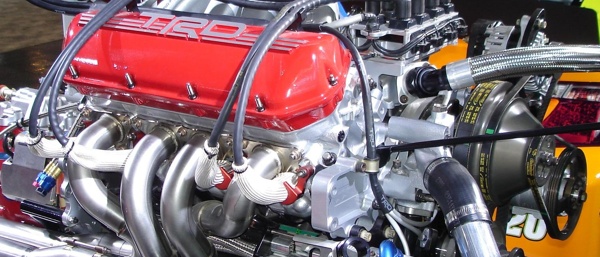Aviaid Dry Sump Oil Systems
The company offers two basic pump designs (Series 1 and Series 2), and can customize them for the application.
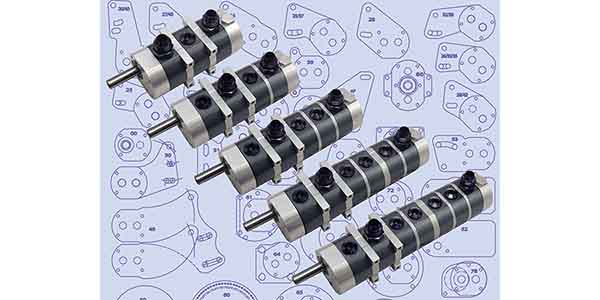
Peterson Fluid Systems’ Fat Boy Dirt Late Model Oil Tank
Peterson Fluid Systems’ new 08-0919 Fat Boy Dirt Late Model Oil Tank provides engine builders with more oil capacity when chassis space is limited. With a lower profile design and all the standard features of their race-proven DLM tanks, this tank is 18.62” tall with a 5-gallon capacity. Part number 08-2106 includes two 10.5” straps with mounts
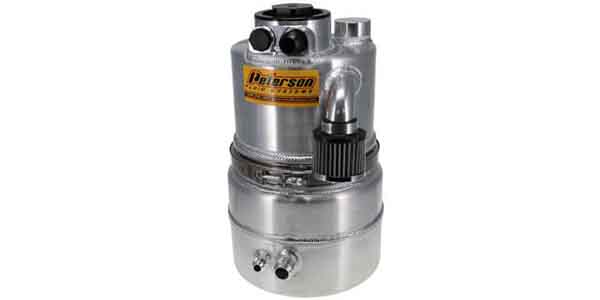
Imports and Dry Sump Oil Systems
As import cars’ performance on and off the track continued to grow, their factory wet sump systems simply couldn’t handle the performance and the development of dry sump systems for the popular imports was in high demand. But why a dry sump?

Drifting with Dry Sump Oiling Systems
Choosing between a wet sump oiling system and a dry sump oiling system comes down to a few key factors such as the application, the engine’s horsepower and rpm range and how much you’re willing to invest in a lubrication system. Your choice may also be limited by track rules. For customers who have already
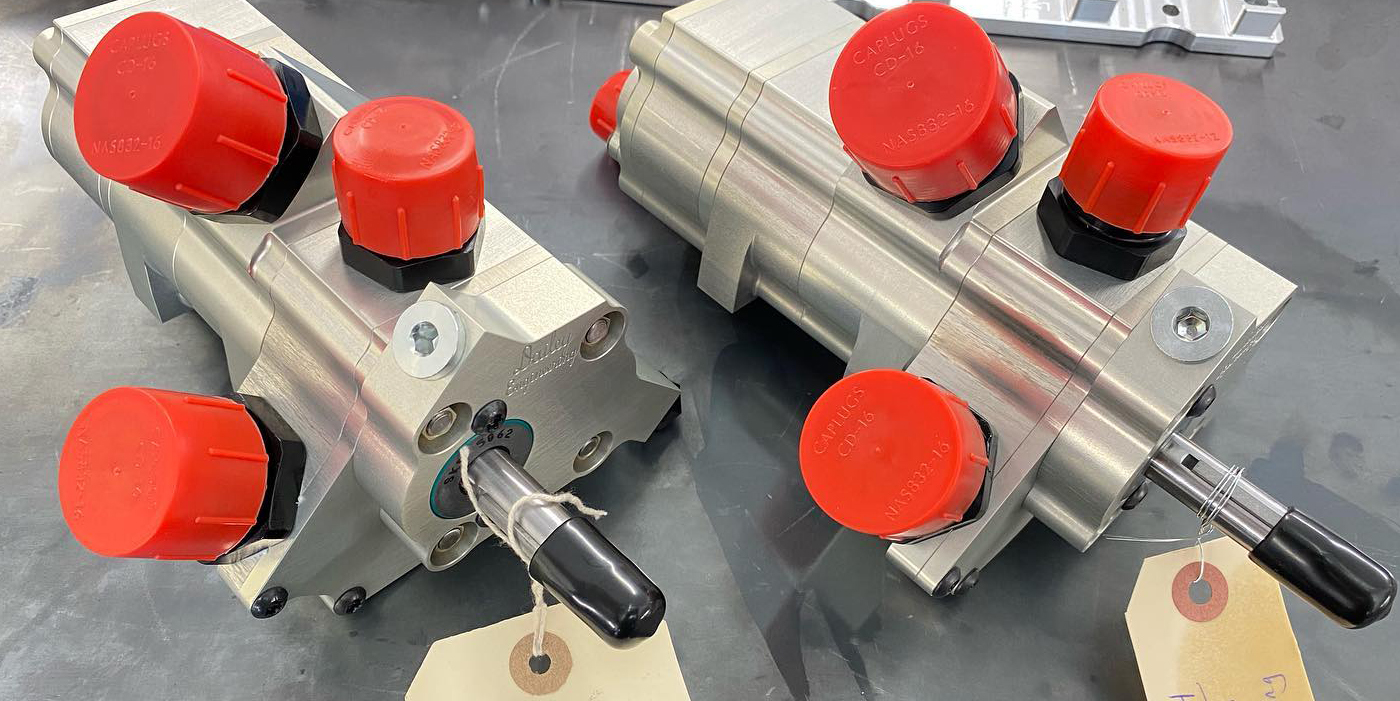
Aviaid Dry Sump System for 5.0L Coyote
Aviaid manufactures a wide variety of external oil pumps that range from compact single-stage wet and dry sump units to multi-stage dry sump applications.
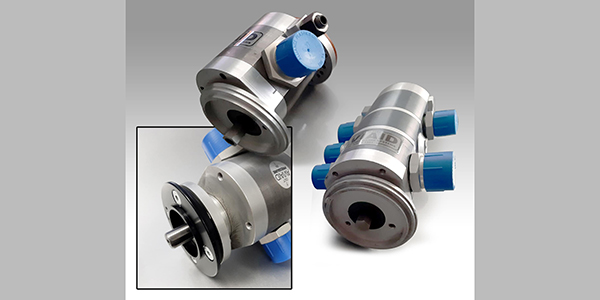
Aviaid Low-Profile Billet 426 Hemi Dry Sump Pan
Measuring under 2˝ in total height, Aviaid’s new billet pan facilitates the lowest possible engine mounting position.
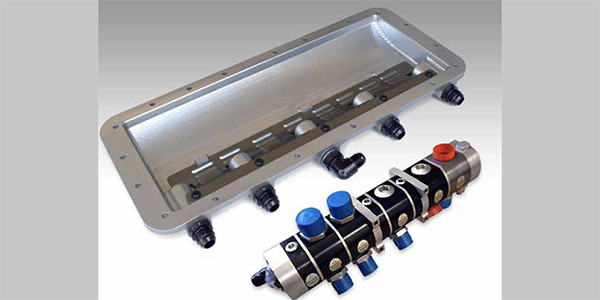
The Science Behind Wet Sump Oil Pumps & Oiling System Upgrades
All automotive internal combustion engines are equipped with some type of pressurized oiling system. Oil lubrication is essential for reducing friction, preventing wear and cooling vital engine components. Pumping oil to the main and rod bearings creates a friction-reducing hydrodynamic film between the bearings and crank that allows the crank to spin with minimal friction.
Oiling Systems for Grassroots Racing
Priority one when choosing an oiling system for any type of racing (grassroots or professional) is to establish what the rules allow and prohibit. Somebody has to read the rule book. Whether that’s you or your customer it doesn’t matter. The oiling system has to fit within the framework of the rule book. Period.
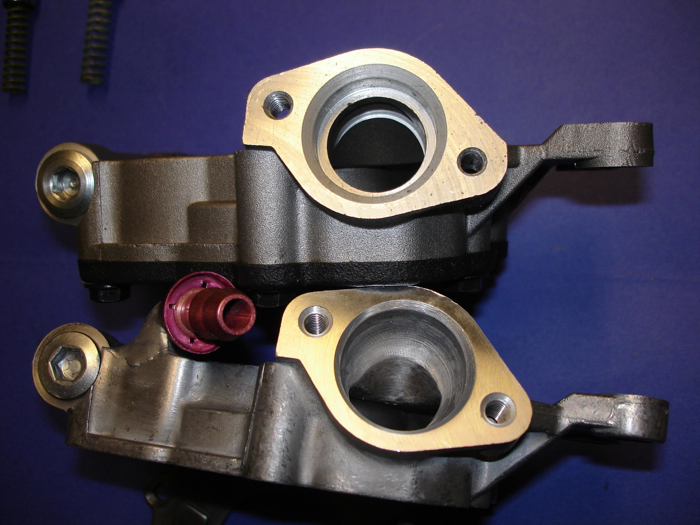
Performance Oiling Systems
The basic purpose of an oiling system is to provide lubrication for the engine. It doesn’t matter if the system is a wet sump with an internal oil pump mounted in the crankcase or front cover, or a dry sump system with an external multi-stage pump. The engine doesn’t know the difference as far as where the oil comes from – as long as the flow keeps coming at all RPMs and under all operating conditions.
